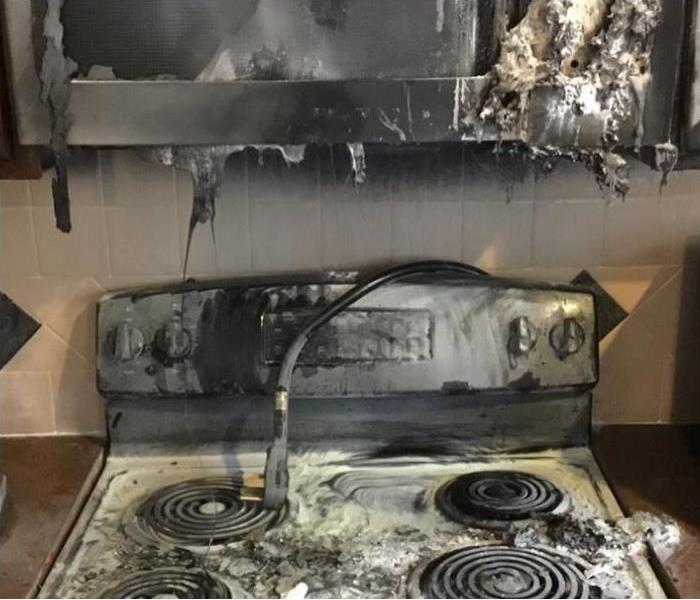Get all Fired up over Fire Damage Terminology
9/3/2020 (Permalink)
 While we hope you never experience a disaster in your home, we do know we are ready to help you restore it in the event of one
While we hope you never experience a disaster in your home, we do know we are ready to help you restore it in the event of one
When a property experiences a fire, a homeowner or commercial property manager will begin to hear a lot of terms they aren't familiar with. Familiarizing yourself with this vocabulary will help facilitate your understanding of what is happening.
Rest assured that if you should ever need our help, our crew will walk you through the process of cleanup and restoration.
Fire Damage: This is a general term that says a fire was the cause of loss.
Stabilizing the Structure: This refers to the need to make a structure safe enough for our technicians to begin cleanup and remediation work. The fire must be completely put out. It may also include roof tarping, board-up, temporary fencing, and a security guard.
Roof Tarping: A thick, weatherproof piece of plastic tarping will be attached to the roof to prevent precipitation from entering the building and causing secondary damage.
Board-Up: When pieces of board are placed over damaged windows and doors to prevent precipitation from entering the building and also to deter possible break-ins.
Temporary Fencing: When a temporary fence is installed around the perimeter of the property or highly damaged areas to prevent possible break-ins and keep the general public away from sensitive areas.
Security Guard: When a structure cannot be immediately stabilized (for example, it’s raining and it’s not safe to tarp the roof), a 24-hour security guard can be hired to protect the property.
Secondary Damage: A damage that occurred which did not come from the original source. For example, in a fire damage, the fire is the primary damage. Secondary damage may come from the water used during firefighting efforts.
Pre-Loss Condition: Means to put the property back together the way it was before the fire damage. This is the goal of the insurance company when a fire damage occurs.
Smoke Damage: When smoke particles have embedded themselves in a material, like a wall, clothing, or piece of furniture. Smoke damage cannot usually be seen, but it can be smelled. Cleaning and deodorization should take place.
Soot Damage: When soot has sullied a material. Soot is produced by the incomplete burning during the fire. It is acidic and causes damage to materials when it’s not properly or promptly cleaned. Cleaning and deodorization should take place.
Demolition: When a material has experienced permanent damage and cannot be cleaned, it is removed and thrown away.
Containment: When thick plastic is set up in order to isolate the airspace of a room. This is done so that deodorization techniques can be more effective or to prevent an unaffected area of a property from becoming contaminated.
Air Scrubber: A machine that cleans the air.
HEPA Filter: High-Efficiency Particulate Arrestance filter can catch particles as small as 0.3 microns. This is our filter of choice when using an air scrubber.
Deodorization: When an item or property is rid of smells caused by the fire damage.
Structural Framing: The structure of the property, like beams. If the structure has been damaged, it must be replaced.
Contents: Anything that is not part of the structure, like furniture. When affected, contents can either be cleaned on-site or taken back to our cleaning facility.
Textiles: If you turned the property upside down and everything fell out, the items that fell and did not break are textiles. These include clothing, shoes, plush animals, etcetera. When affected, textiles are taken back to our facility for cleaning.
Pack-out / Pack-Back: When the structure isn’t safe, contents and textiles are moved out of the property and taken to our facilities for cleaning and storage. They are returned when the property is clean, reconstructed, and safe for inhabitants. Items may also be delivered to a second location if the owner would like them returned sooner.
Storage: Items that have been packed-out are stored in our facilities until they can be returned.
HVAC & Duct Work: Heating, Ventilation, and Air Condition system. Ducts are the pathways for the cold or warm air to travel around the property. Many times, the HVAC system needs to be cleaned after a fire damage because smoke has accumulated inside of it.






 24/7 Emergency Service
24/7 Emergency Service